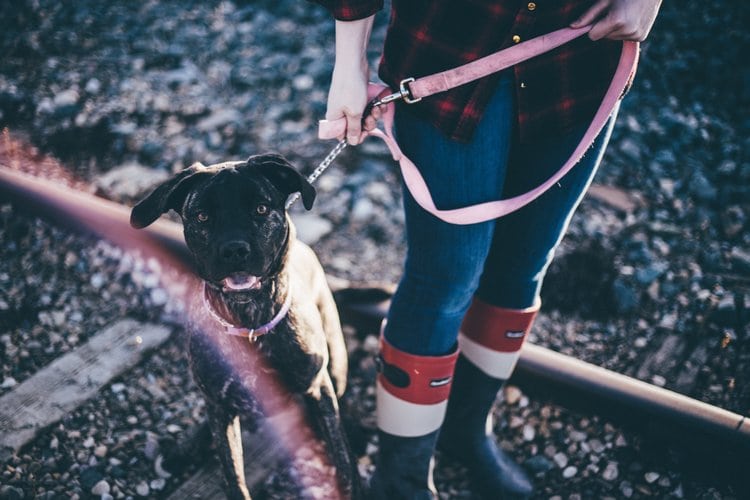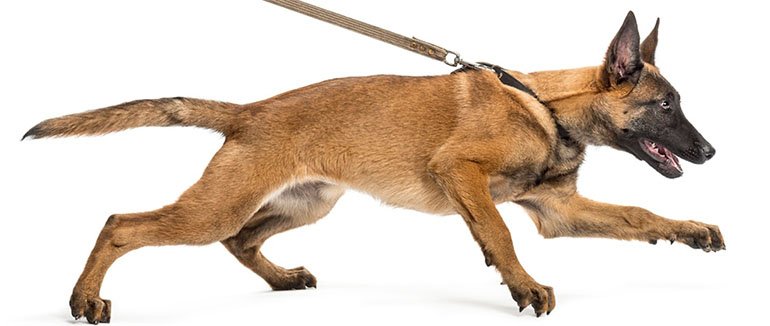Pet Search is a mother-daughter run blog. Together we have over 40+ years of professional pet grooming experience and we hope to pass some of that on to our readers throughout our in-depth and non-bias reviews and buyers guides.
We do not accept sponsored posts however we do include affiliate links throughout our posts and we receive a share of the revenue generated from your purchase which contributes to the running of CleanerPaws.com.
This review guide was updated in February 2019.
All pet owners know all too well the joys a dog can bring.
From being adopted as puppies to growing old, these little bundles of joy come into our lives to spread happiness and manage to put big smiles on our faces with their wagging tails and over-the-top excitement.
However, without wanting to take a negative route so early in this article, owning a dog is a serious business, and in many ways, it is just like raising a child.
You have to cherish them, nourish them, and care for them. But sometimes, you also have to ignore those heart-melting eyes and be strict for them to be well-behaved.
I know it is difficult, but you just have to do it if you want to teach correct behavior from an early age (tricks make the process more fun).
One of the most important things about owning a dog is to train them properly for their own safety, doing so will ensure they do not walk away off-leash or just bolt out of the house whenever the door is open.
Also, a well-trained dog is also a good neighbor. You wouldn’t want to have to leave your dog at home when you head off to visit a neighbor because they’re less than sociable, or because your pooch can’t be trusted with or without a leash in public.
Training your dog on a leash is very significant part of pet obedience training and leash problems are a major issue in the dog-owning community.
If you face something from simple leash-pulling to aggressive leash reactivity, you know what I’m talking about.
Generally, we tend to think that it’s a dog’s dominant nature to pull and tug on the leash, its alpha male instinct taking over. However, this isn’t always the case.
In fact, you want to be able to control your dog not only when you walk your pet but also if run with your dog as well, in which case you should check out our guide for the best dog harness for runners.
The truth is, walkies is a fun time for a dog and the pace they love to walk at does not match ours at all. For the two to go hand in hand they have to be taught to act well on a leash. So, let’s take a look at our top three tips for making this happen.
3 Tips for Controlling your Dog Better on a Leash
1. Teaching your dog to heel
It is essential to teach your dog to heel because let’s face it, tugging on the leash is uncomfortable for both you and your pet, and harmful to their neck as well.
Before you start this training, remember to keep the sessions short so that it is not frustrating for either you or your pet and remember to carry treats that your dog loves!
Steps for teaching your dog to heel: –
- First, ask your dog to sit down next to your left leg, with his shoulder parallel to you.
- To get their attention, hold a treat in your hand.
- While saying “heel,” step off with your left leg.
- The moment your dog starts walking ahead, turn around and walk in the opposite direction.
- When they catch up and reach the correct position next to your left leg, say “heel” and capture their attention with a treat again.
- Repeat this turnaround every time your dog takes off ahead and correct them by commanding “heel.”
- Initially, you can reward them with a treat every time they are in the heel position, walking by your side. This will also teach your dog to seek you for direction. With progress, make them walk for a longer amount of time before giving a treat.
- Continue intermittently rewarding your dog for walking with you and paying attention.
Thus, by teaching your dog how to heal, you can easily avoid the leash problems, and soon you will be having enjoyable walks with your buddy rather than chasing them around the block!

2) Purchase a no pull harness
Leashes are pretty common for dogs, but as mentioned above, they can be a threat if your dog tends to be leash-reactive at times mainly because the strap could hurt their sensitive neck and cause a lot of harm.
To prevent this, the best solution is to purchase a no pull dog harness.
What is it? The no-pull harness is a kind of harness that connects to the leash on the back as well as the chest of your dog.
It is a great way to teach your dog how to walk on a loose leash and to also avoid putting any pressure on their spine or neck that traditional collars do.
You must be wondering what will happen if your dog pulls, right? So, if this happens, the harness will just turn the dog around because their center of gravity lies in their chest. An amazing solution!
3) Don’t always keep your dog on leash
This might sound like a strange final point considering this article is about how to get your dog to behave well on a leash but bear with us.
When your dog is on a leash, and you are training them for proper behavior, treats are essential rewards as they capture their attention and they will gradually learn to obey you.
But, you also have to remember that your dog needs some sniffing-time as well, where they can go at their own pace and not be constricted by the leash.
Sniffing is innate in dogs, and they go around in their own way, sniffing here, there and everywhere. Thus, try letting your dog be off leash for some time as well so that they know that it is time to behave and be proper while on leash.
In the beginning, dogs tend not to obey commands at times, so find a safe and quiet environment for your dog to run free and enjoy on their own.
So, as you can see, these three guidelines are the best tips which you can follow to control your dog better on a leash.
Also, please do remember to consult a veterinarian who will recommend you an appropriate leash which takes into consideration your dog’s size and weight if you have any other concerns.
Be gentle and friendly with your dog and do not be harsh if they make a mistake, instead, reward them with treats immediately when they obey you, with this sort of positive association you will have your dog behaving on a leash in no time.

